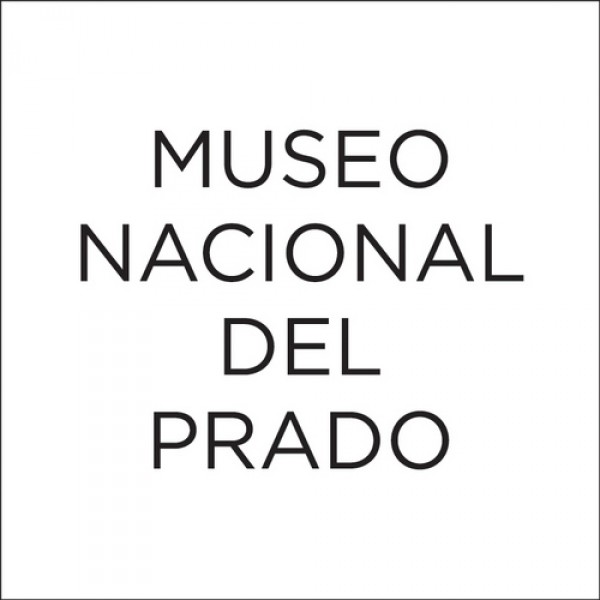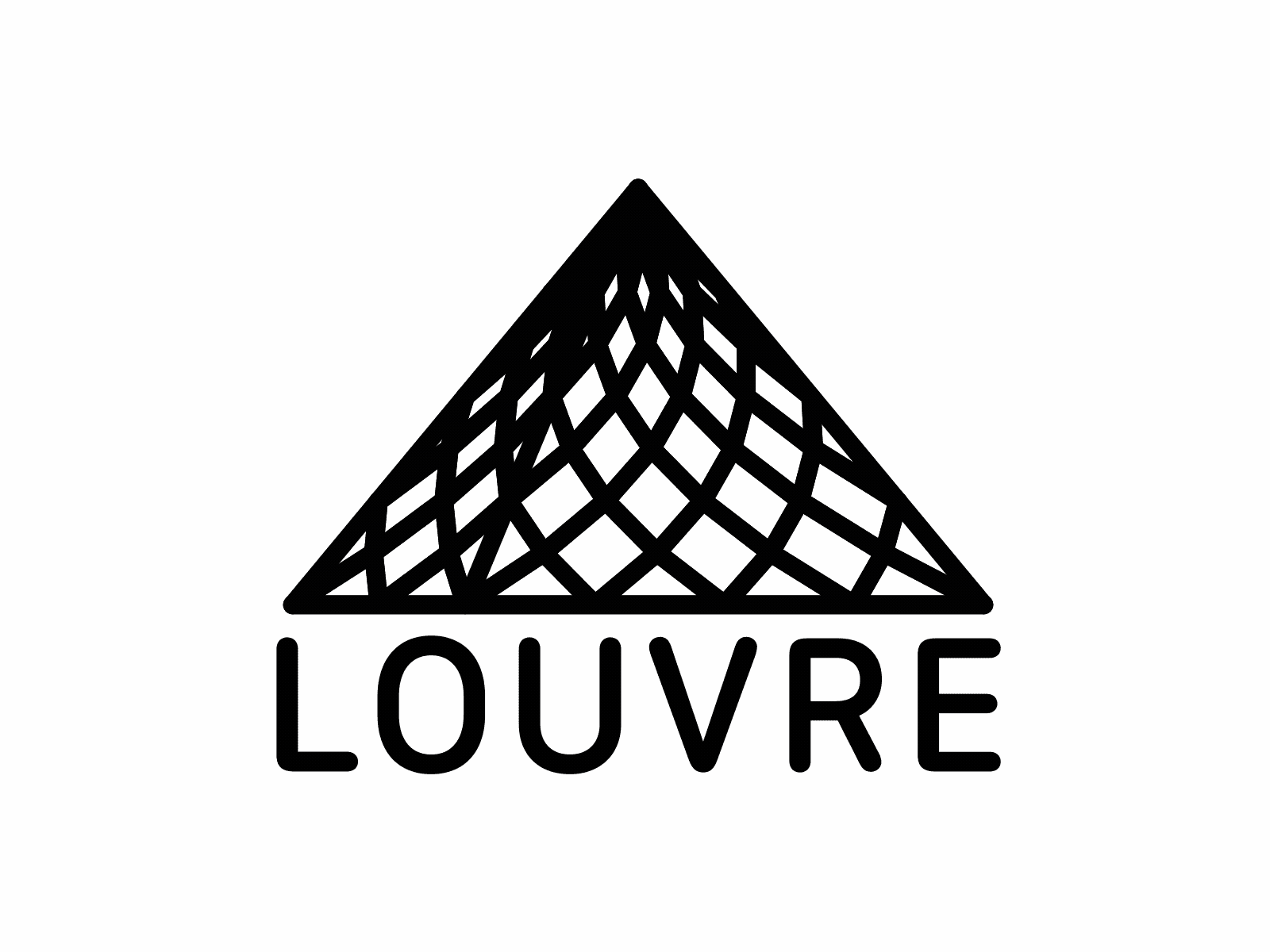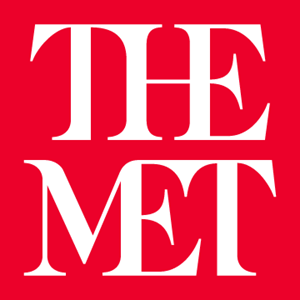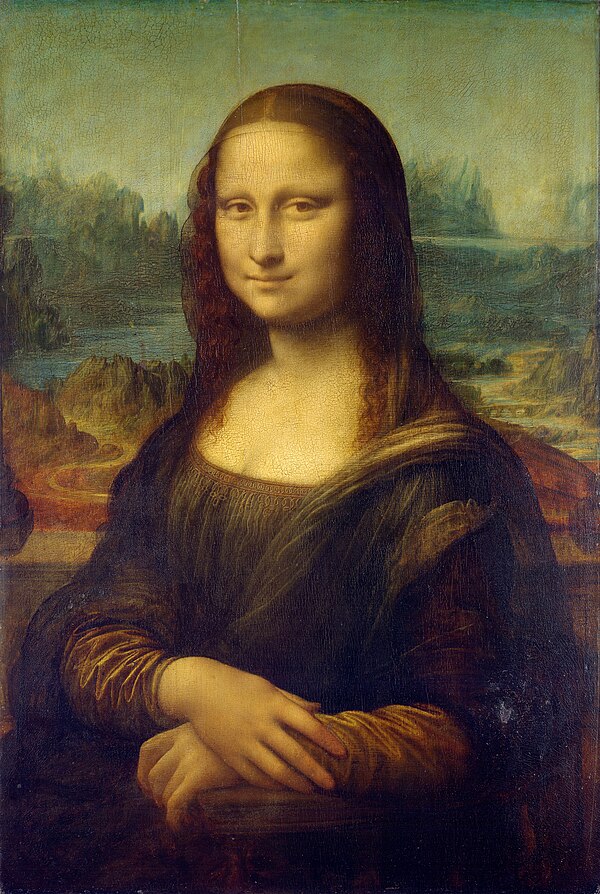







Last Name of Artist, First Name of Artist. Title of Work of Art. Date, Institution, Location of institution (if not included in institution name).
OPTIONAL: If the medium and/or materials are important to your reference, you can include this information at the end of the entry.
Da Vinci, Leonardo. Mona Lisa. 1503, Louvre, Paris.
OPTIONAL: Da Vinci, Leonardo. Mona Lisa. 1503, Louvre, Paris. (Oil on poplar panel).
Da Vinci, Leonardo. Mona Lisa. 1503. Louvre, Paris. https://focus.louvre.fr/en/mona-lisa.
Da Vinci, Leonardo. Mona Lisa. 1503. Louvre, Paris. Famous Works of Art in Popular Culture : a Reference Guide. by Lynda J Sperling, Greenwood Press, 2003, p. 173.
Da Vinci, Leonardo. Mona Lisa. 1503. Louvre, Paris. "Mona Lisa". Encyclopedia Britannica, 4 Dec. 2020, https://www.britannica.com/topic/Mona-Lisa-painting. Accessed 18 November 2021.
For more details, visit the Purdue OWL.



Students are required to analyse and compare artworks, objects or artifacts by different artists. This independent critical and contextual investigation should explore artworks, objects and artifacts from differing cultural contexts.
Students at both SL and HL must select at least three artworks, objects or artifacts, at least two of which should be by different artists. For each of the selected pieces, students should:
Students at both SL and HL should then:
Students at HL should also reflect on the investigation outcomes and the extent to which their own artmaking practices and pieces have subsequently been influenced by artworks, objects or artifacts examined in the comparative study.
Students summarize the scope of the investigation from which the focus artworks, objects and artifacts have been selected, and any thematic or conceptual framework used to draw the investigation together.
Students summarize their research from a range of different sources and present their inquiry into the identification and interpretation of selected artworks, objects and artifacts. They also explain how they have applied a range and combination of critical theories and methodologies to the works. Areas of investigation might include:
Students present their comparisons of the different pieces, clearly identifying links between them. These comparisons might include:
Students analyse and evaluate their research outcomes and the extent to which their own art-making practices and pieces have subsequently been influenced by artworks, objects, artifacts and their creators examined in the comparative study. These influences and personal connections, which should be evidenced in both visual and written forms, might include:
When referring to their own artwork and practices, HL students must be sure to identify and acknowledge their own artworks with the same rigorous attention to detail as with images from other sources.
Students must cite any source at point of use and include a list of sources used during the study